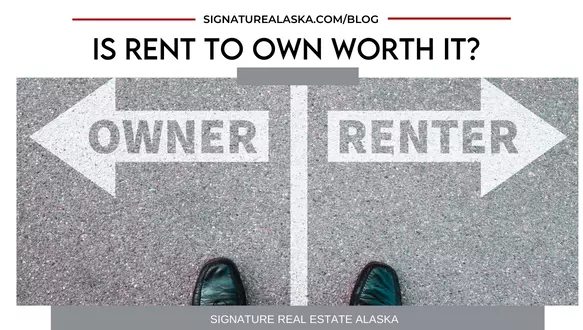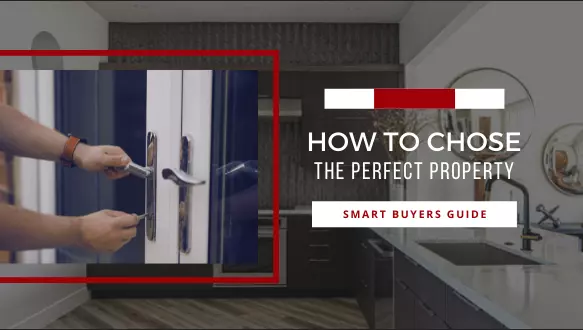
Is Rent-To-Own Ever Worth It?
Rent-to-own agreements have a bad reputation in the real estate industry, but is it deserved? Well, it depends. There are many different kinds of rent-to-own agreements, and each one can be modified and customized for the tenant and the landlord. Many rent-to-own agreements overwhelmingly favor the

Smart Buyer’s Guide to Choosing the Perfect Property
Daydreaming about owning your own home is one of the most intoxicating practices known to modern man, especially now that HGTV and all the house flipping shows make it look like a cake walk. But when the time comes to actually put your money where your daydream is, it can be challenging for first

5 Home Seller Strategies for Staging Your Home Perfectly
There’s a reason why people love looking at photos of homes for sale — it’s rare that we get to see a place look it's very best, and scrolling through gorgeous room after room helps serious buyers see themselves settling down in those very rooms.But as any seller (or photographer) can attest, get
Categories
Recent Posts










